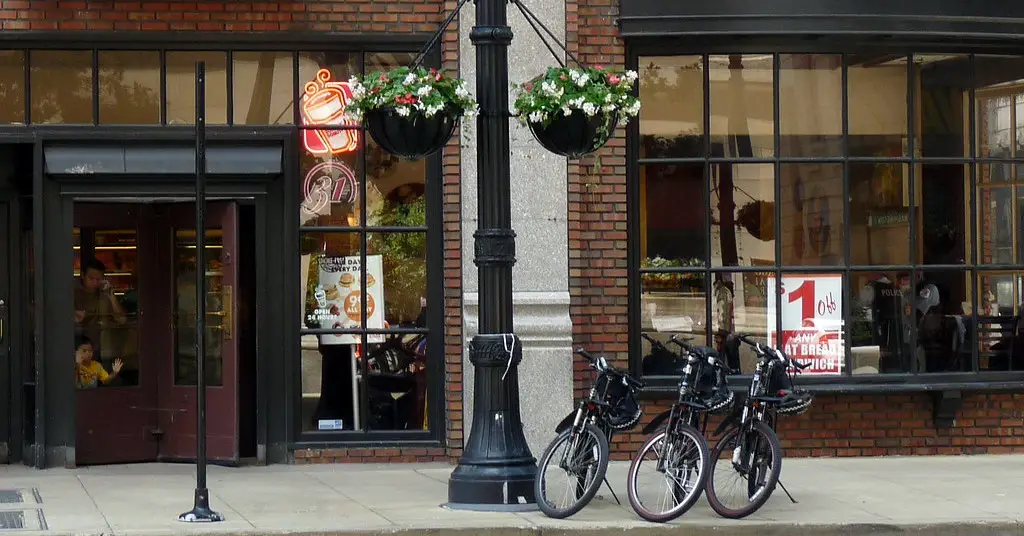The potential benefits of developing urban bicycle networks have been much discussed (including these few suggestions by myself), but for an urban bicycle network to truly achieve its potential and introduce real change to the communities it serves, it needs to get more people cycling, more often. Local economic benefits could be felt if those who already cycle change their habits as a result of bicycle network additions, however bigger changes are likely with more people on bicycles. Similarly, the environmental benefits possible from bicycle networks are mainly to do with creating a switch from automobile-based travel to bicycle travel. A bicycle network can increase access even if it doesn’t increase cycling, but again, a larger group of people having increased access is both more equitable and more beneficial in developing sustainable communities.
It shouldn’t come as a surprise to find out that opinions differ on whether bicycle networks actually get more people cycling. For every researcher or theorist that talks about ‘realising the potential of the bicycle’ through infrastructure developments (thanks for the positivity, Lester R. Brown, Feline Gaffron!) there’s just as many calling transformative expectations from urban design ‘unrealistic’ (say it isn’t so, John Hartman, Raymond Pahl!).
But beyond these individual opinions, what does available data tell us? A 2009 study looking at the effect of bicycle infrastructure developments in fifteen different cities, across eight countries and three continents attempted to understand the connection between bicycle networks and bicycle use, with some interesting results.
Looking at almost fifty studies carried out by local governments, national bodies, and independent researchers from outside government, an increase in cycling rates was observed in fourteen of the fifteen cities studied. Davis, California was the only city to observe a reduction in rates of cycling. Despite being the first city in the US to introduce bicycle lanes (way back in the 1960s), Davis has been reducing its commitment to cycling for almost three decades, with cycling rates seemingly running parallel to this. Every other city studied had grown their bicycle networks in recent years, with an increase in cycling rates following. No piece of research is indisputable, but this certainly presents a pretty compelling argument for a positive connection between urban bicycle networks and cycling rates.
Needless to say, the bicycle network debate will rage on even after this blog post. It’s easy to credit changes in behaviour to all kinds of factors, but the connection appears to be pretty clear. Is it a coincidence that after fourteen different cities invested in their bicycle networks they all saw an increase in cycling rates? Is it a coincidence that every European city with high levels of cycling also has an extensive bicycle network?
Photo: David Marcu


